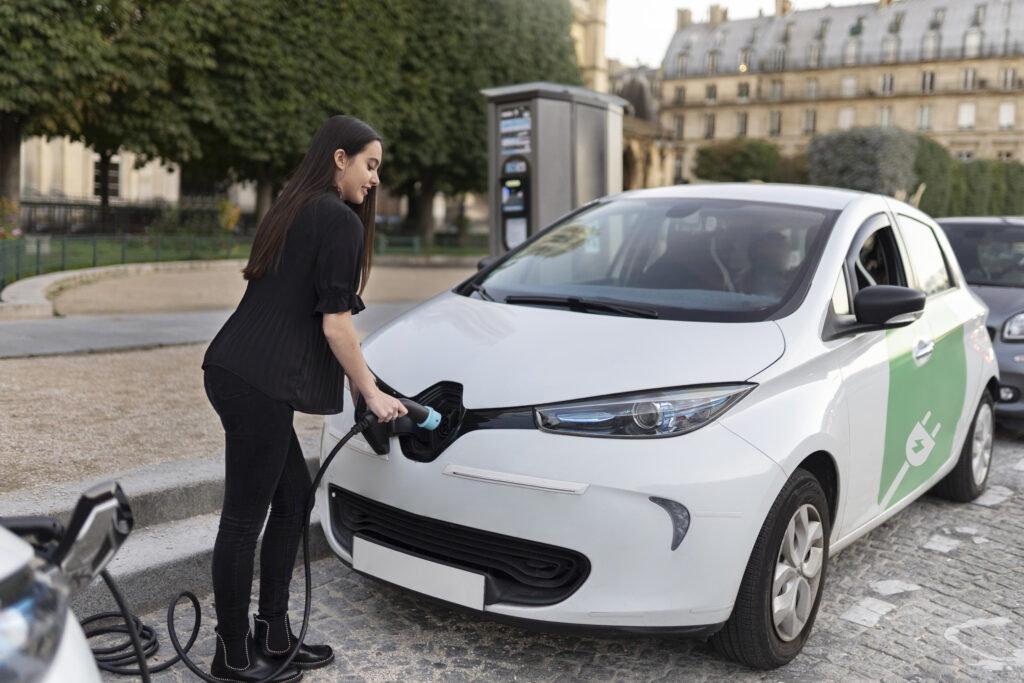E-Mobility
E-Mobility
E-Mobility, short for electric mobility, represents a transformative shift in the transportation sector, driven by the adoption of electric vehicles (EVs). With a focus on reducing carbon emissions and dependence on fossil fuels, E-Mobility is gaining momentum as a sustainable alternative to traditional gasoline-powered vehicles. Electric cars, bicycles, scooters, and public transportation systems powered by electricity contribute to the growth of this eco-friendly movement.
One of the key advantages of E-Mobility is its positive environmental impact. Electric vehicles produce fewer greenhouse gas emissions compared to their conventional counterparts, contributing to improved air quality and mitigating climate change. Governments and businesses worldwide are increasingly investing in the development of electric infrastructure, such as charging stations and battery technology, to support the widespread adoption of E-Mobility.

